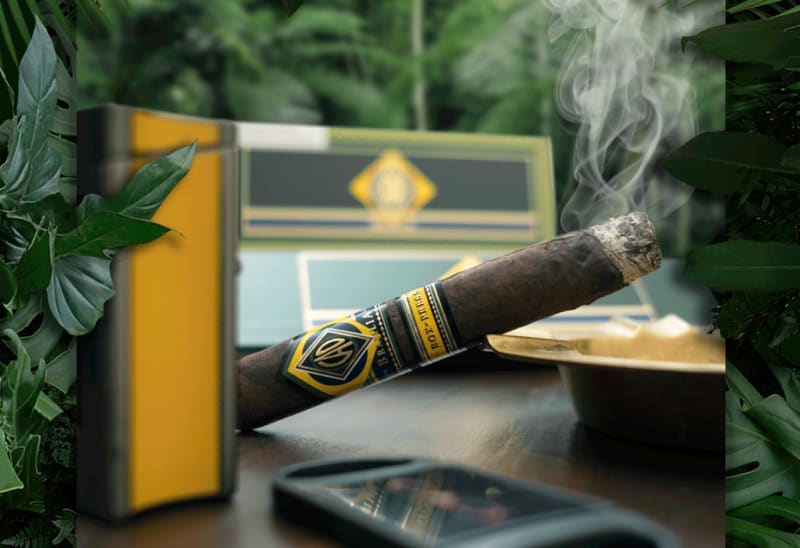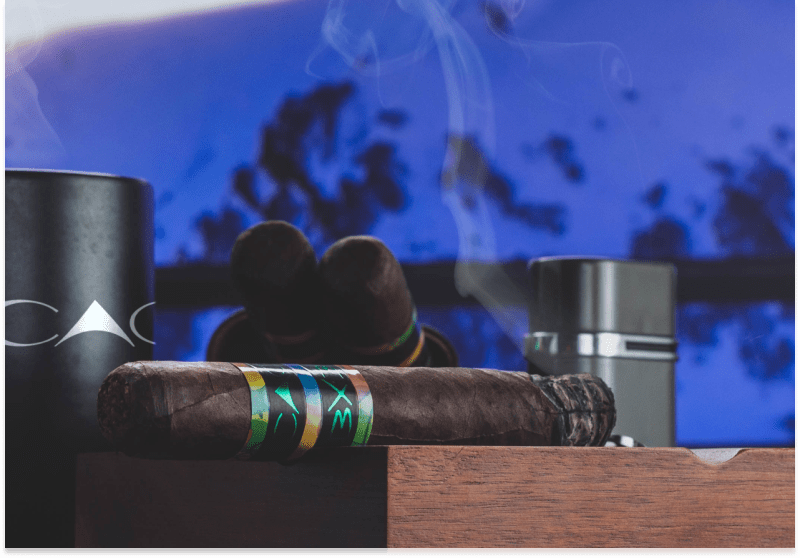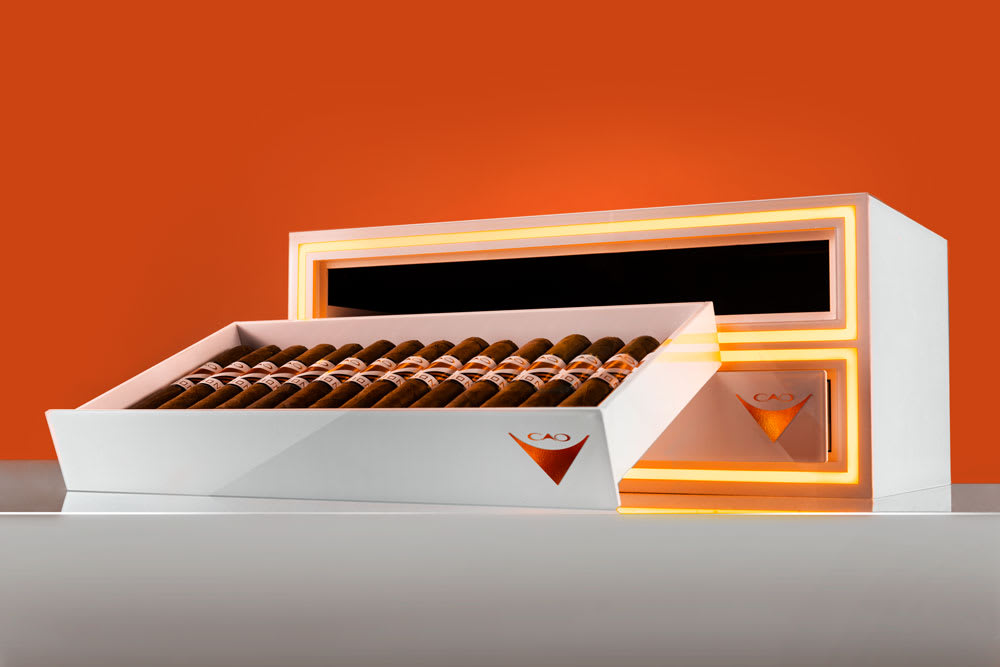
OUTPOST FIELD NOTES: Brazil
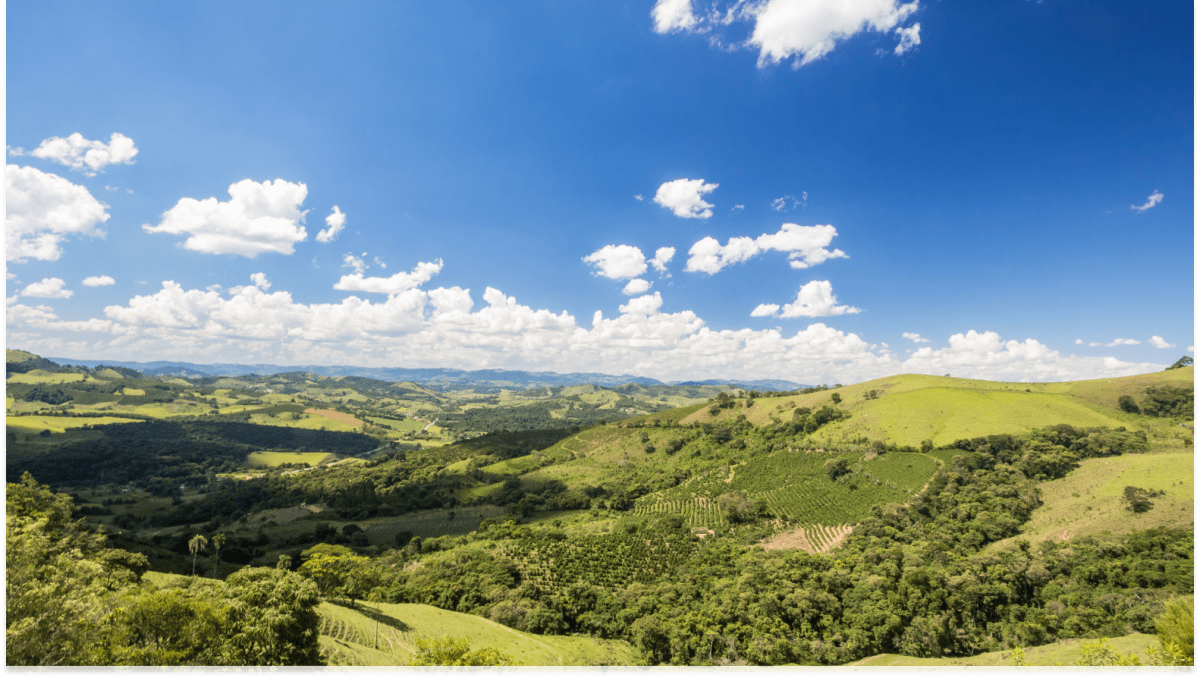
Not far from the beaches of Rio and Copacabana lie many of the world’s highest-producing tobacco farms. While Brazilian tobacco has been an up-and-comer in the premium cigar industry for the past few years, it was long overlooked in the eyes of cigar makers until the past few decades.
As some of the pioneers at the forefront of bringing this tropical and bold tobacco to new world humidors, we are breaking open our field notes to share with you our expertise on Brazilian tobacco.
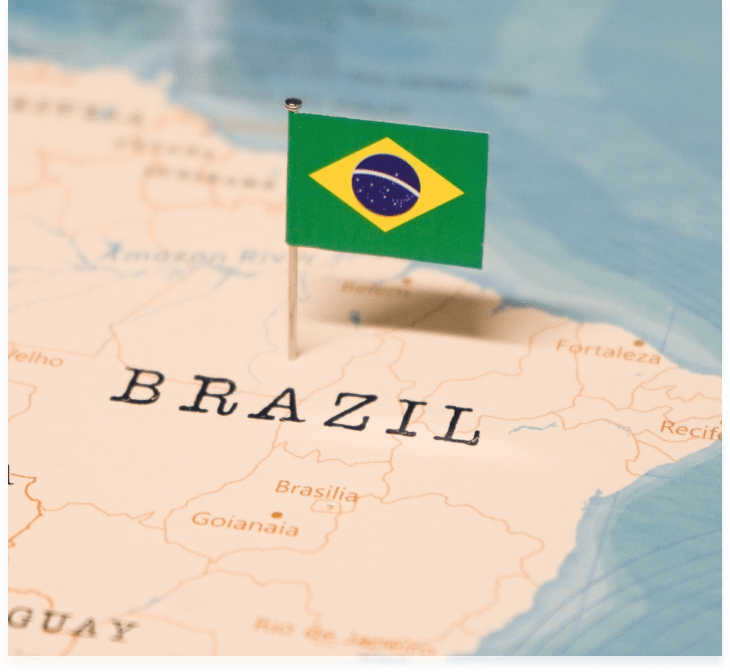
Brazilian Briefing
As the world’s fifth-largest country and one of the most culturally diverse nations and rising economic power, you may think you know a thing or two about Brazil. You’ve heard of the tropical destination of Carnivale, their soccer dominance or maybe even about the favelas. But what doesn’t often get highlighted are the myriad of climates that occupy half of South America’s landmass.
Beside the beaches and the jungle are expansive grasslands, towering pine forests, marshy wetlands and much much more.
Understanding the incredible biodiversity of Brazil is integral to comprehending just how one country can produce tobaccos unique to all the rest.
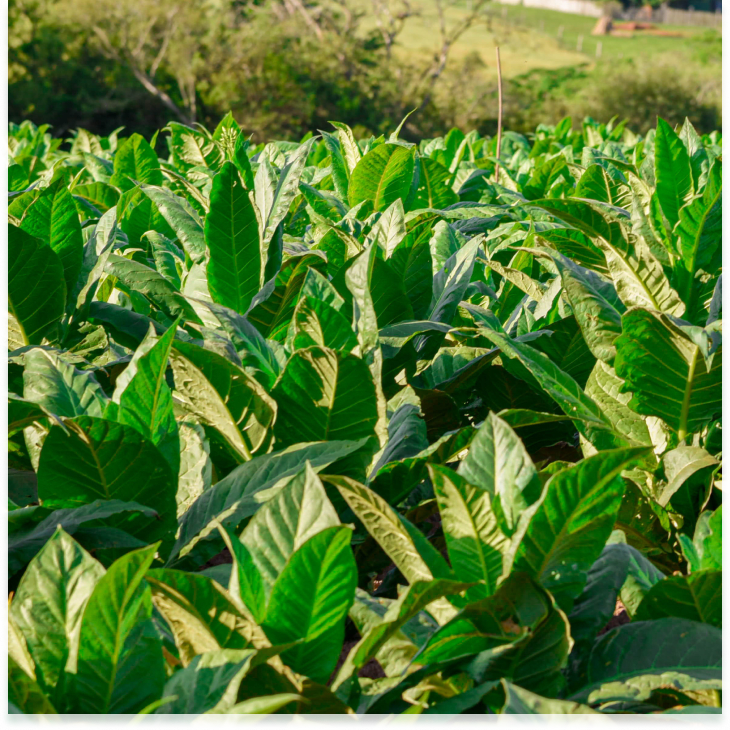
Tobacco In Brazil
While Brazilian tobacco in premium cigars is still a burgeoning category, Brazilian tobacco farms make up a large portion of the country’s agricultural tradition. Over 135,000 family tobacco farms and tens of thousands more commercial operations dot the Brazilian countryside, with many producing crops used to make pipe blends, filtered cigars, chewing tobacco and much more.
While tobacco likely arrived in Brazil through indigenous migration far before European contact, Brazil shares a history with tobacco that predates written history.
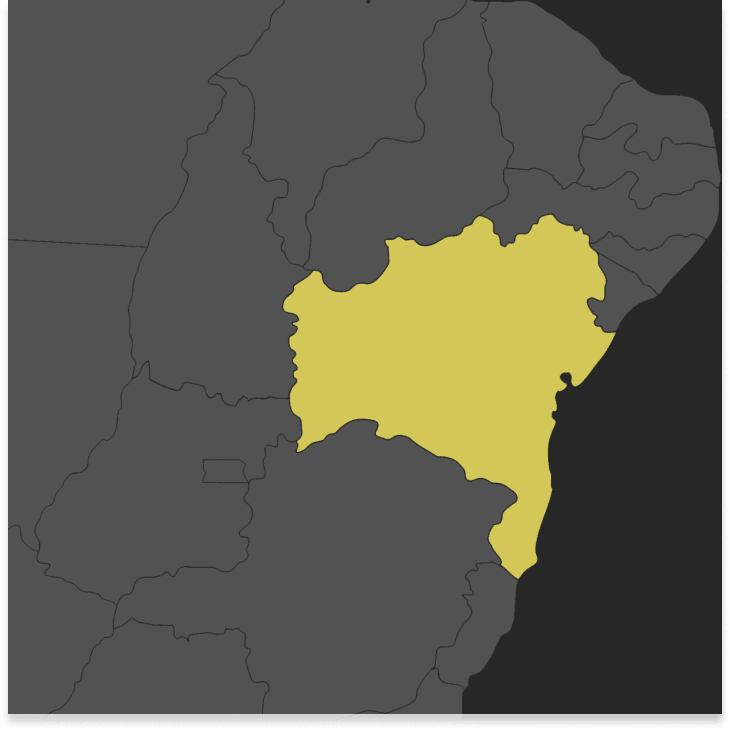
BAHIA
North of São Paulo and Rio de Janeiro on the Eastern coast lies the most important Brazilian tobacco region for premium cigars: Bahia. The epicenter of Afro-Brazilian culture and the birthplace of samba and capoeira, Bahia is made up of coastal beaches, crawling mountain ranges and even vast arid regions. It is these same regions within Bahia that gift their name to some of the world’s most famous premium tobaccos, each inheriting unique characteristics from its microclimate.
Bahian Tobacco Strains
Mata Fina
The most popular of all Brazilian tobaccos, Mata Fina is a dark, sun-grown leaf that is typically stalk-cut. Once aged, it imparts a smooth, earthy and rich flavor with a hint of natural sweetness typically favored for cigar wrappers.
Mata Sul
The second-most popular of Brazilian premium tobaccos, Mata Sul thrives in the lush soil and ample rainfall in the region of the same name. From this leaf, cigar enthusiasts will note a more mild taste and aroma as compared to Mata Fina tobacco. Only grown on the side of the hill, Mata Sul tobacco is extremely rare as perfecting its cultivation is extremely tedious.
Mata São Gonçalo
In a region known for its cacao farming, it should be no surprise that this tobacco is as complex as trying to say its name. Here’s a video with the pronunciation. The leaves are also naturally smooth and emit an earthy, but pleasant, aroma when smoked.
Mata Norte
One of the northernmost regions of Bahia (hence the name ‘Norte’) produces a vastly different tobacco due to its arid climate. The oft-sun-grown tobacco is fuller-bodied and earthier in flavor as a result and has been known to impart notes of coffee and nuts.
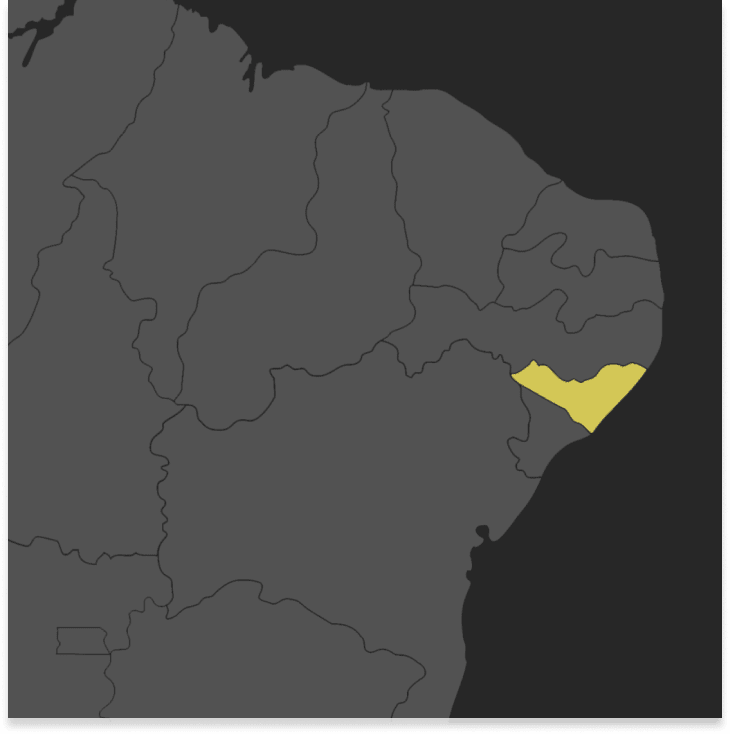
Arapiraca
Just one province north of Bahia lies Brazil’s capital de fuma or “Capital of Smoke.” The town of Arapiraca and the region surrounding it are famed for producing tobacco unlike anywhere else in the world. The area’s sandy soil produces thicker and hardier leaves that, when combined with the region’s sub-tropical microclimate, make for a tobacco that is full-bodied, but smooth.
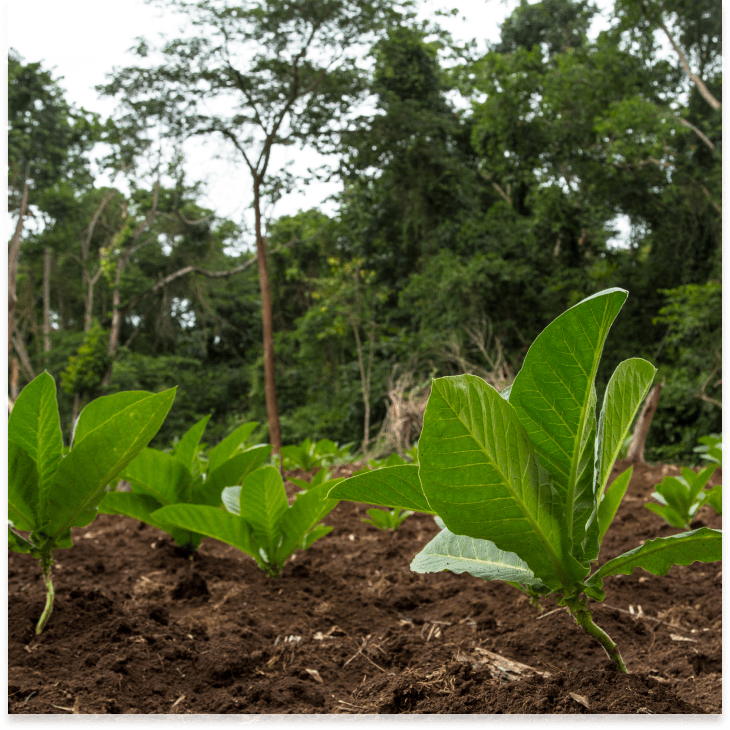
THE AMAZON
RAINFOREST
While not widely used to cultivate tobacco, it is here that we ventured to deliver a cigar unlike any other. Knowing the rainforest’s subclimate fosters immense plant growth, we had a hunch that if done right, the Amazon jungle would also produce a phenomenal tobacco crop.
Here, we sought the few areas where sunlight breaks through the dense canopy and planted a native tobacco strain, called Bragança, in those few spots. Our journey to create a jungle-grown cigar led to one of the most popular offerings in our portfolio: CAO Amazon Basin. You can learn more about the processes behind that specific cigar here.
CAO cigars with BRAZILIAN tobacco
If you’ve made it this far and are wondering which of our cigars use Brazilian tobacco, we’re happy you asked.
cao Brazilia
The cigar that put Brazilian cigars on the map, CAO Brazilia uses a bold but flavorful Brazilian Arapiraca wrapper to create a full-bodied cigar that yields an earthy and tropical smoking experience. The recipient of multiple 90+ ratings and one of the most popular blends in the CAO lineup, Brazilia has earned a spot in the hearts and humidors of cigar fans everywhere.
cao BX3
For BX3, we wanted to showcase the power and complexity of Brazilian tobacco by using not one, not two, but three Brazilian leaves (hence, “B” times 3). To craft this bold Brazilian blend, we leaned on a Brazilian Mata Fina leaf for the wrapper, a Brazilian Arapiraca leaf for the binder, and a filler blend that consisted of Brazilian, Honduran, Mexican and Nicaraguan tobaccos.
cao Amazon Basin
Grown in a remote region in the Amazon Rainforest, Amazon Basin uses a rare tobacco called Bragança that is organically grown on unspoiled tropical land and only harvested once every three years. This Bragança leaf is masterfully blended with tobaccos from five different countries, giving you a smoking experience unlike any other.
These are just a few of the many cigars we’ve crafted using Brazilian tobacco. Explore our full lineup to learn more.
